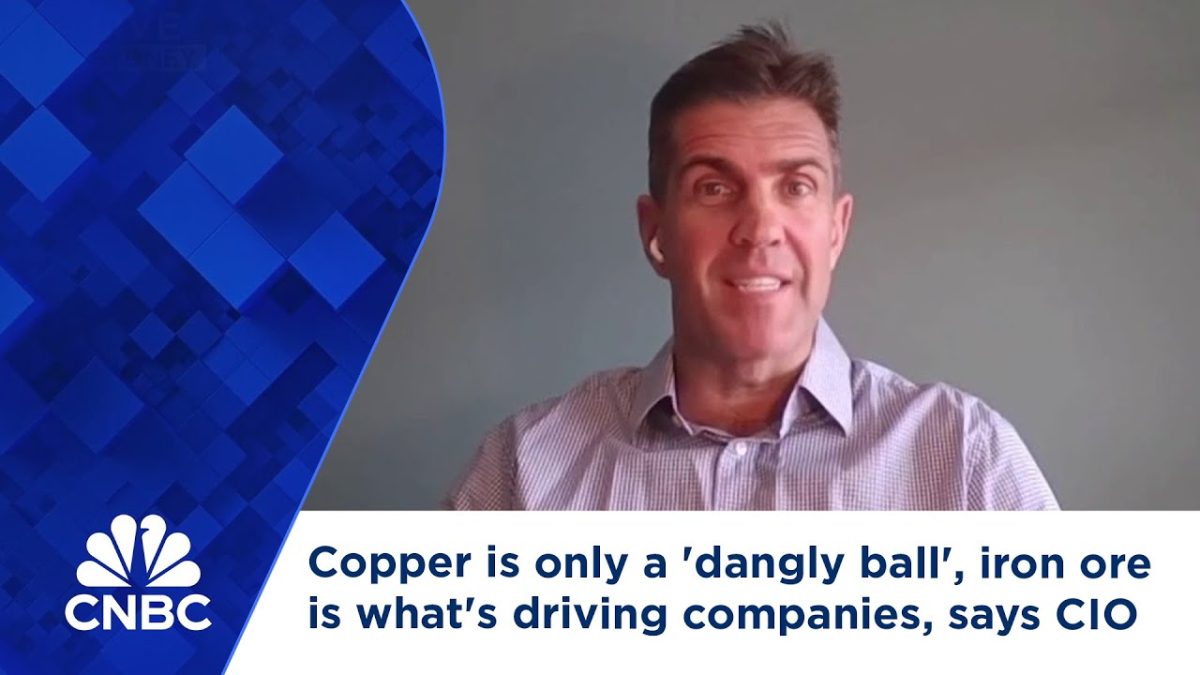The naysayers may be wrong again on the Big Four banks
While much of the investment industry recommends selling the banks, many were saying the same thing 12 months ago. The reporting season shows why bank shareholders should be rewarded for ignoring the current market noise.


